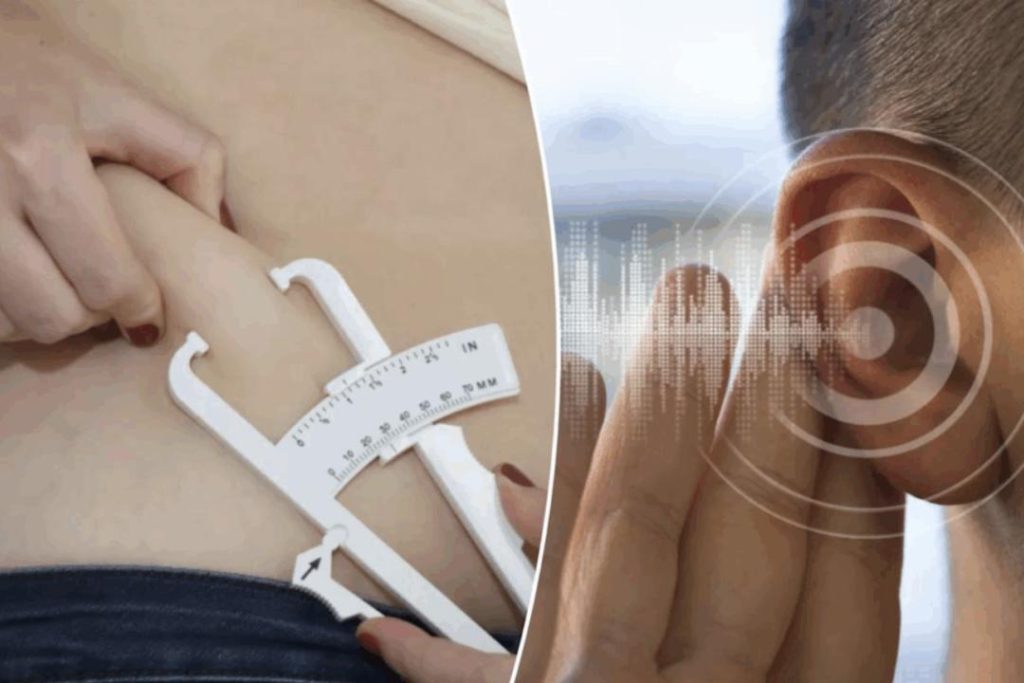
Sound Waves May Offer a Non-Invasive Path to Weight Loss
The quest for effective and sustainable weight loss methods has been a longstanding challenge for healthcare professionals and individuals alike. The ever-growing obesity epidemic has prompted researchers to explore novel approaches to combat this complex issue. Recently, a team of Japanese scientists made a groundbreaking discovery that could potentially revolutionize the way we tackle weight loss – sound waves. According to a study published in Communication Biology, acoustic stimulation can inhibit fat cell formation by altering gene activity, paving the way for a non-invasive, drug-free method to combat obesity and metabolic disorders.
The study, led by Dr. Shinji Takayama and his team at the University of Tokyo, investigated the effects of specific sound waves on fat cell development. The researchers used a technique called acoustic stimulation, which involves exposing cells to sound waves at specific frequencies and intensities. This unique approach allowed them to observe the impact of sound waves on gene activity and fat cell formation.
The findings were nothing short of remarkable. The study revealed that acoustic stimulation significantly reduced fat content in cells by 15%, demonstrating the potential of sound waves as a safe and effective weight loss method. This breakthrough discovery has significant implications for the treatment of obesity and related metabolic disorders.
So, how do sound waves work their magic? The study suggests that acoustic stimulation alters gene activity in fat cells, leading to a reduction in fat cell formation. This process is thought to occur through the activation of specific proteins, which in turn influence gene expression and cellular behavior. In other words, the sound waves appear to “talk” to the fat cells, instructing them to reduce their fat content.
The potential benefits of this non-invasive approach are numerous. Unlike traditional weight loss methods, which often involve invasive procedures or pharmaceuticals, sound waves offer a safe and drug-free alternative. This could be particularly significant for individuals who are hesitant to undergo surgery or are sensitive to medication.
But how might this technology be translated into a practical weight loss solution? The researchers propose that acoustic stimulation could be used in combination with other weight loss methods, such as diet and exercise. Simply put, sound waves could be used to enhance the effectiveness of existing weight loss strategies.
The study’s findings also raise interesting questions about the potential applications of sound waves in other areas of healthcare. Could acoustic stimulation be used to treat other conditions, such as inflammation or cancer? While more research is needed to explore these possibilities, the potential is certainly intriguing.
As with any breakthrough discovery, there are still many questions to be answered. Can sound waves be used to target specific areas of the body, such as the abdominal region? How might the effectiveness of acoustic stimulation be impacted by individual factors, such as age or body composition? These questions will need to be addressed through further research and clinical trials.
In conclusion, the study’s findings offer a glimpse into a promising new frontier in weight loss research. The potential of sound waves to inhibit fat cell formation and reduce fat content in cells is a significant breakthrough, with far-reaching implications for the treatment of obesity and metabolic disorders. As researchers continue to explore the potential of acoustic stimulation, we may be on the cusp of a revolutionary new approach to weight loss – one that is safe, non-invasive, and drug-free.






